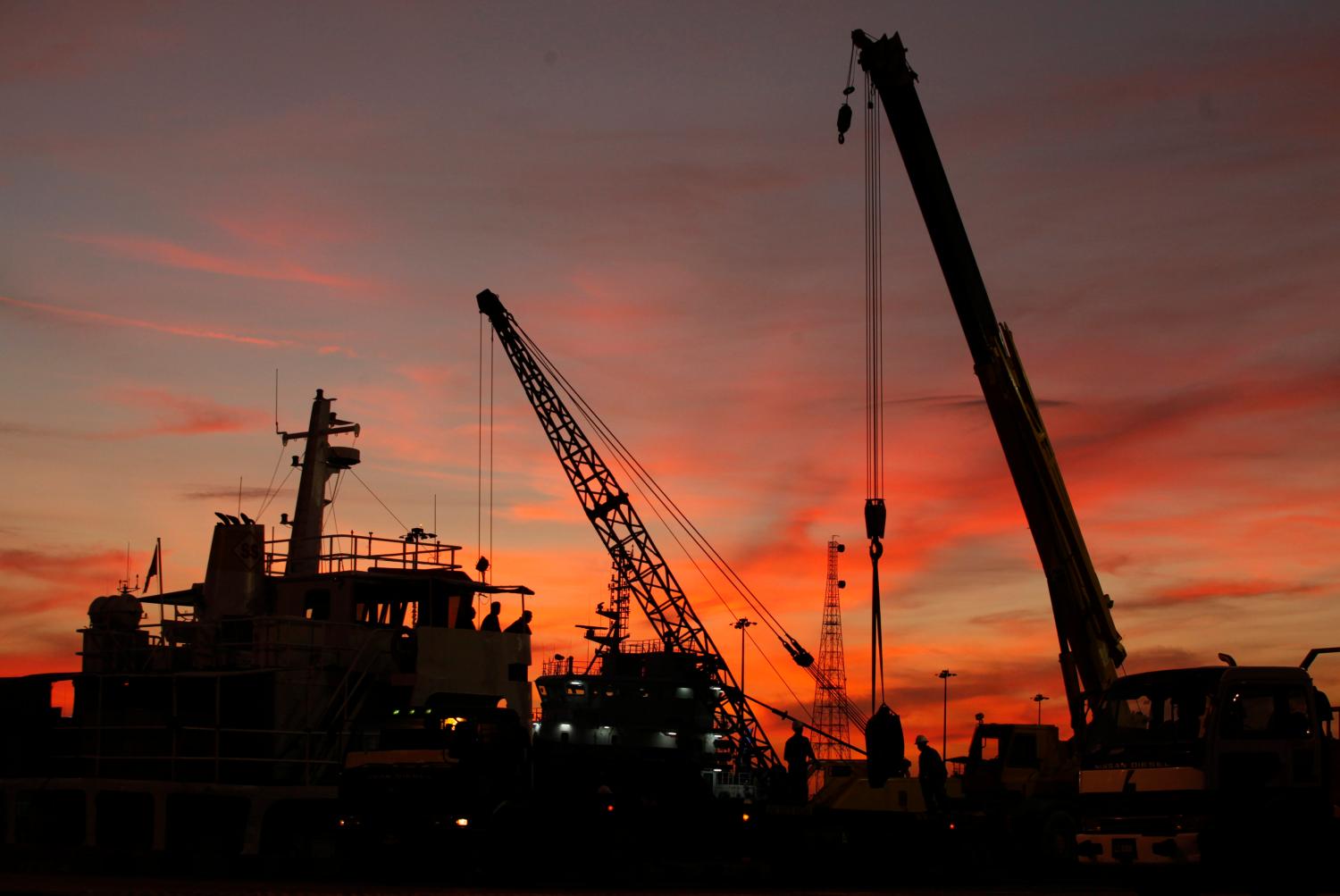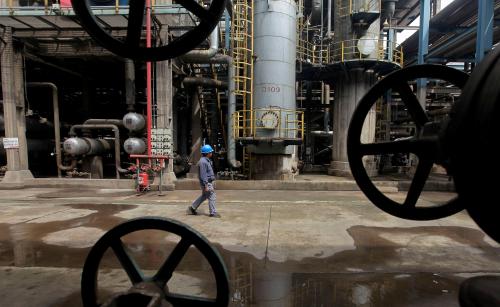This is the second full-length report in the “Lower for Longer” series on the geopolitics of lower oil and gas prices. As follows is an executive summary of the piece.
Executive Summary
Oil prices have been on a wild ride for the last decade—very high from 2008 through 2014, followed by a crash from 2015 to 2017. One might think that very high oil prices are always a boon for the industry. However, high oil prices increase the competition for resources and can bring about unproductive behavior on the part of resource holders. Resource nationalism is a particular challenge—the desire to maximize government take from oil and gas development can stifle foreign investment and reduce governments’ overall oil and gas income.
Several countries in South America demonstrate how government policy and foreign investment can interact with an extreme price environment. Argentina and Brazil largely missed the boat during the price boom, with resource nationalism and political uncertainty primarily to blame. The political winds have shifted along with falling prices, and policies more favorable to foreign investment are bringing greater development of the world-class oil and gas resources in these two countries. Colombia followed a different path. Its business-friendly policies made it a darling of the industry during the boom years, but its smaller resource base has made it less attractive when prices are lower. Additionally, community resistance to oil and gas development grew during the boom years and laws governing community engagement have been strengthened.
Guyana represents a special case: Significant oil and gas resources were recently discovered off the shore of one of the smallest and poorest countries in South America. Guyana signed the original contract for development at a time of relatively low oil prices, when its resource potential was completely unknown. This contract is therefore quite generous to the developer. Now that the resource base is better understood, exploration is less risky, and oil prices are relatively higher, Guyana will be able to drive a harder bargain in future contracts. The key is to find a happy medium between reaping maximum benefit for the Guyanese people and attracting sufficient investment. A moderate oil price environment makes this balance easier.
The Brookings Institution is committed to quality, independence, and impact.
We are supported by a diverse array of funders. In line with our values and policies, each Brookings publication represents the sole views of its author(s).




